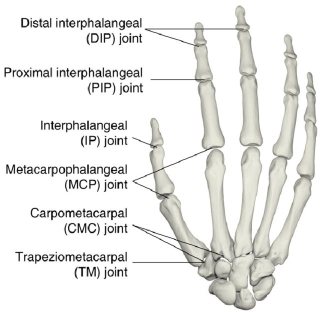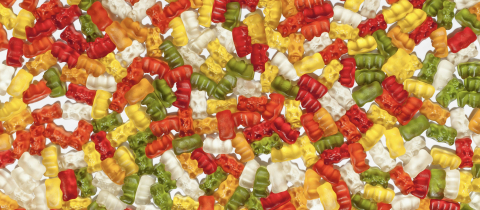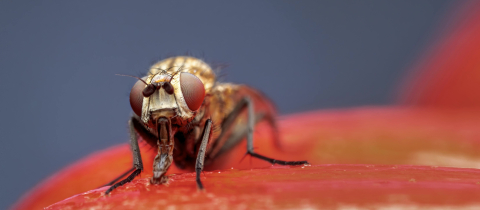When you press, twist, squeeze, or pull on your fingers, you get that satisfying crack sound. For some people it’s a force of habit, others just like the feeling. Whether you just wince at the sound, or do it yourself, you’re likely familiar with knuckle cracking. If you’re like me and you can’t go more than a couple hours before that satisfying pop of the joints in your hand, you’re also familiar with the scolding that comes with it. “Stop that nasty habit or you’ll get arthritis.” Is cracking your knuckles as bad as it sounds?
Are 36 500 cracks enough to prove a point?
A fellow knuckle-cracker, Dr. Daniel Unger, faced the same scolding and decided to conduct his own study. For 50 years, he deliberately cracked the knuckles on his left hand at least twice a day and used his right hand as a control. In his paper, “Does knuckle cracking lead to arthritis of the fingers?” he reported that after 50 years of cracking knuckles on the left hand and sparing the right, there were no apparent differences in arthritic symptoms.
Let’s Knuckle Down
Each hand has 27 bones: eight carpals which make up your wrist, five metacarpals in your mid-hand (the palm part), and 14 phalanges (the fingers). Each finger has three phalanges (with the exception of the thumb, with two), that you can easily identify yourself if you bend your finger into a hook shape. The junction between two bones is called a joint, with “knuckle” being the blanket term for all the joints in the hands. Each joint has a name determined by the bones they separate. The joint between carpal and metacarpal bones is the carpometacarpal joint. Between the metacarpals and phalanges is the metacarpophalangeal (MCP) joint. And between each phalange is an interphalangeal (IP) joint. Pretty simple, right? That’s why my anatomy professors always told me to just guess if I was ever stuck on an exam. When it comes to cracking knuckles, most people are referring to the MCP and the IPs, where the finger meets the palm, and where your finger bends in half, respectively.

Image Source: https://www.researchgate.net/publication/257045252_Assessing_assumptions_in_kinematic_hand_models_A_review
While Dr. Unger’s study was long-term and controlled, it only had one subject. Luckily, there has been more research on the topic since. A paper in 1990 could not find any causal link between knuckle cracking and arthritis when comparing the MCP joints of 300 patients. In fact, they found indications for arthritis in many people who don’t crack their knuckles at all. However, they did explain that knuckle cracking was linked to more hand swelling and lower grip strength, meaning that it wasn’t a positive habit for overall hand function. This disproved the old wives tale but didn’t remove all fear of the habit. Another study published in 2011 used radiography to assess the prevalence of arthritis in 215 people, 20% of whom were knuckle crackers. The prevalence of arthritis in any joint was the same in subjects who crack their knuckles (18%) and those who don’t (21%). Other reports from orthopaedic doctors also confirm that there are no associated risks with cracking your knuckles — as long as you aren’t causing pain or breaking fingers.
So, no need to knuckle under when you are warned that one day you will regret cracking your knuckles. That day is not likely to come.







